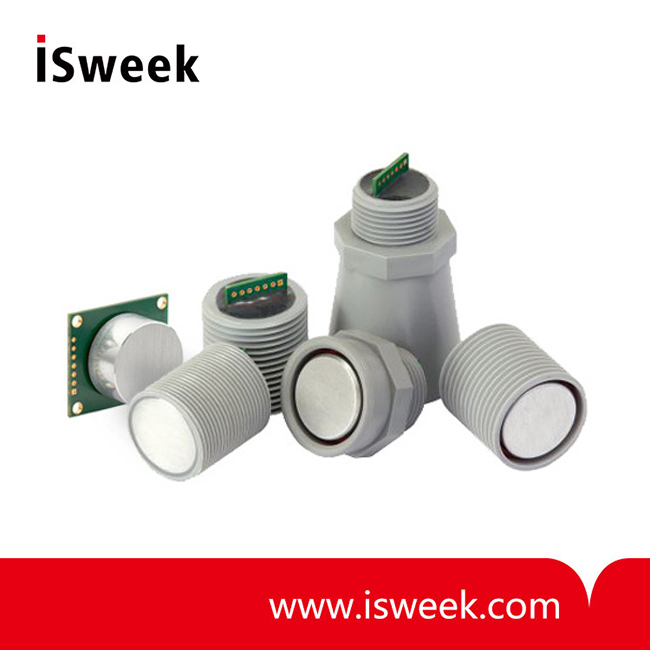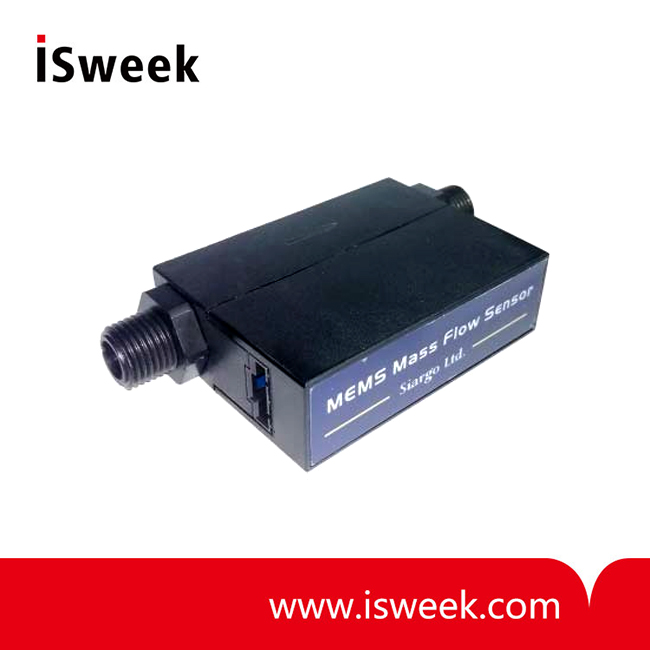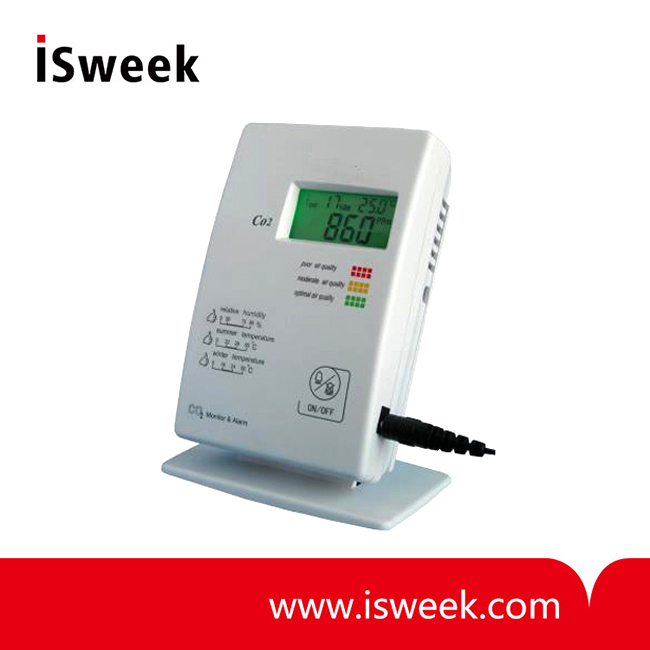VOC Detection in Lubricating Oils: A Guide Using PID Sensor Technology

According to U.S. Environmental Protection Agency (EPA) regulations, the volatile organic compound (VOC) content in lubricating oils must not exceed 500 milligrams per liter. Potential VOC components in lubricants include, but are not limited to, gasoline, diesel, fuel mixtures, fuel additives, and lubricant additives. To ensure product quality compliance, the…








